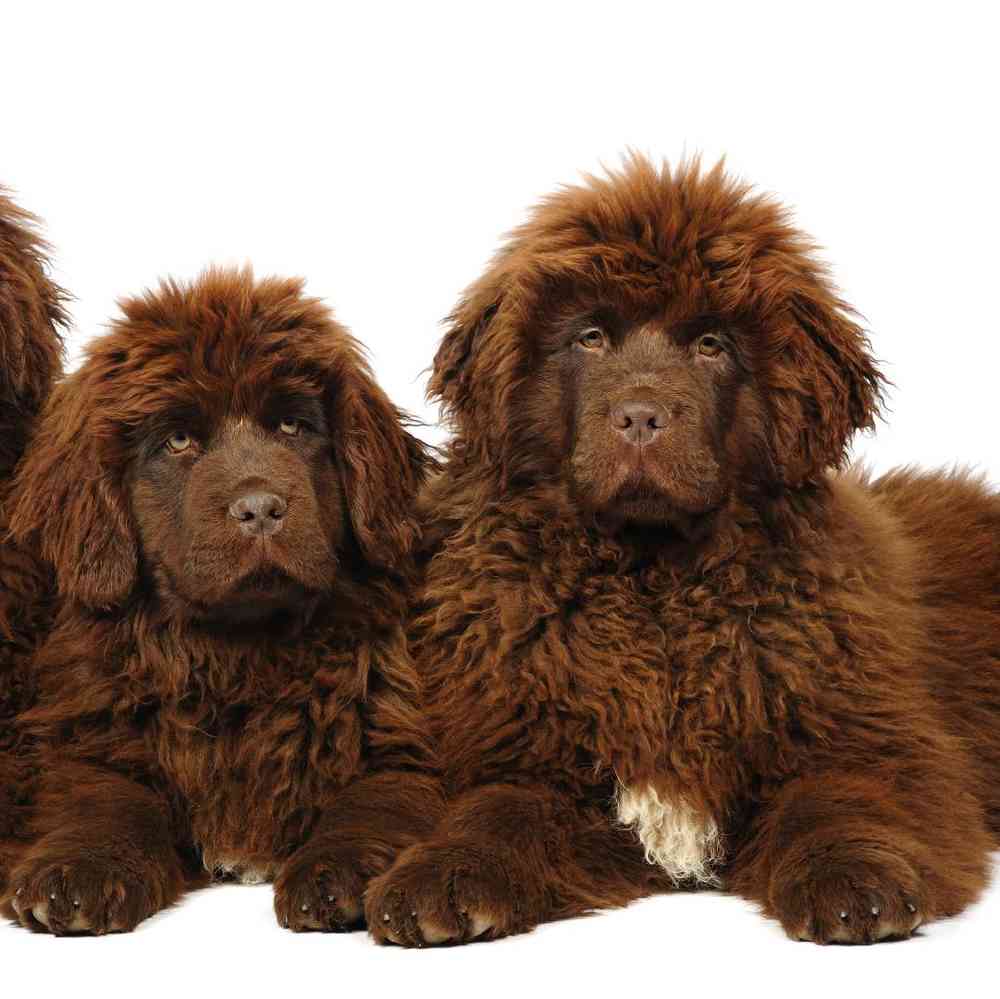Newfoundland

The massive Newfoundland is a strikingly large, powerful working dog of heavy bone and dignified bearing. The sweet-tempered Newfie is a famously good companion and has earned a reputation as a patient and watchful “nanny dog” for kids.



Want to know more about Newfoundland ?
Breed Traits
Clubs, Registries & Associations
American Canine Association Continental Kennel Club Universal Kennel Club International American Kennel Club United All Breed Registry America's Pet Registry, Inc. United Kennel Club (Based on breed recognition. See store for details on this particular puppy.)
Group
Description
Health Awareness
Personality
Exercise/Energy Level
Grooming Requirements
Additional Information
Shedding
Hypoallergenic
Apartment Living
Lap Dog
Good With Children
Good With Other Pets
Interesting To Know
Seaman, a Newfoundland, accompanied the Lewis and Clark expedition A gold medal was awarded to a Newfoundland in 1919 for rescuing a lifeboat of 20 shipwrecked people. Several Newfoundland dogs hauled supplies for the World War II Armed Forces in Alaska and the Aleutian Islands.
General Appearance
The Newfoundland is a sweet-dispositioned dog that acts neither dull nor ill-tempered. He is a devoted companion. A multipurpose dog, at home on land and in water, the Newfoundland is capable of draft work and possesses natural lifesaving abilities. The Newfoundland is a large, heavily coated, well balanced dog that is deep-bodied, heavily boned, muscular, and strong. A good specimen of the breed has dignity and proud head carriage. The following description is that of the ideal Newfoundland. Any deviation from this ideal is to be penalized to the extent of the deviation. Structural and movement faults common to all working dogs are as undesirable in the Newfoundland as in any other breed, even though they are not specifically mentioned herein.
Size, Proportion, Substance
Head
Neck, Topline, Body
Forequarters
Hindquarters
Color
Gait
Temperament
Disqualifications
About
A male Newfoundland can weigh up to 150 pounds and stand 28 inches at the shoulder; females typically go 100 to 120 pounds. The Newf head is majestic, the expression soft and soulful. The outer coat is flat and coarse. Colors are gray, brown, black, and a black-and-white coat named for artist Sir Edwin Landseer, who popularized the look in his paintings. The Newfie breed standard says that a sweet temperament is the “most important single characteristic of the breed.” The Newf’s sterling character is expressed in their affinity for kids. Trusting and trainable, Newfs respond well to gentle guidance. These noble giants are among the world’s biggest dogs, and acquiring a pet that could outweigh you comes with obvious challenges.


